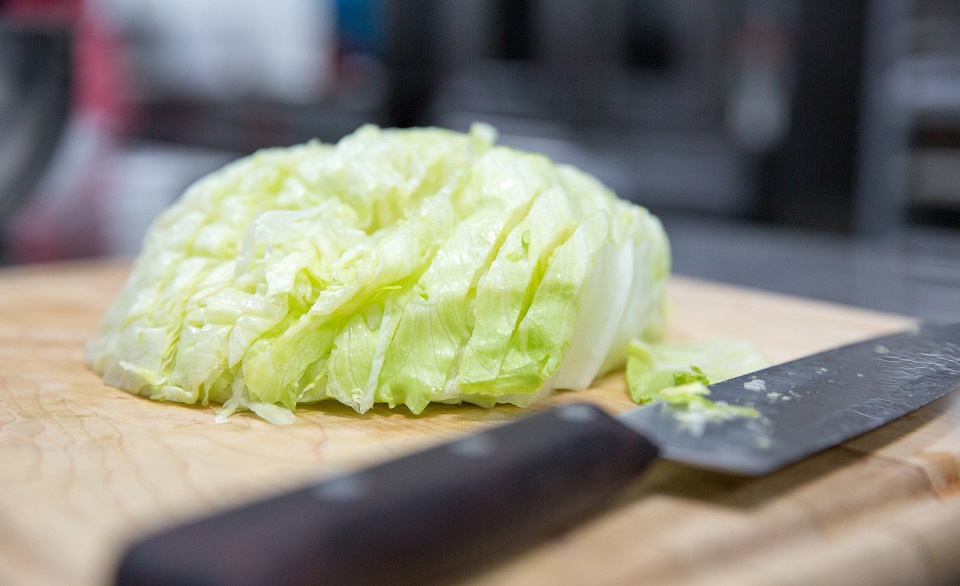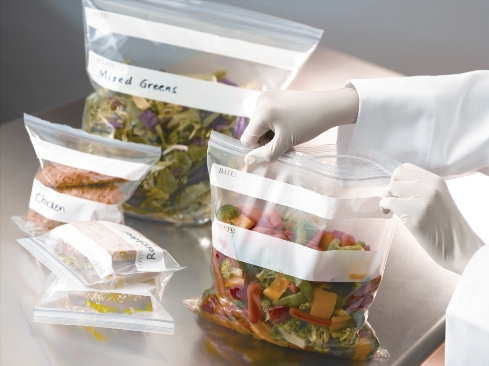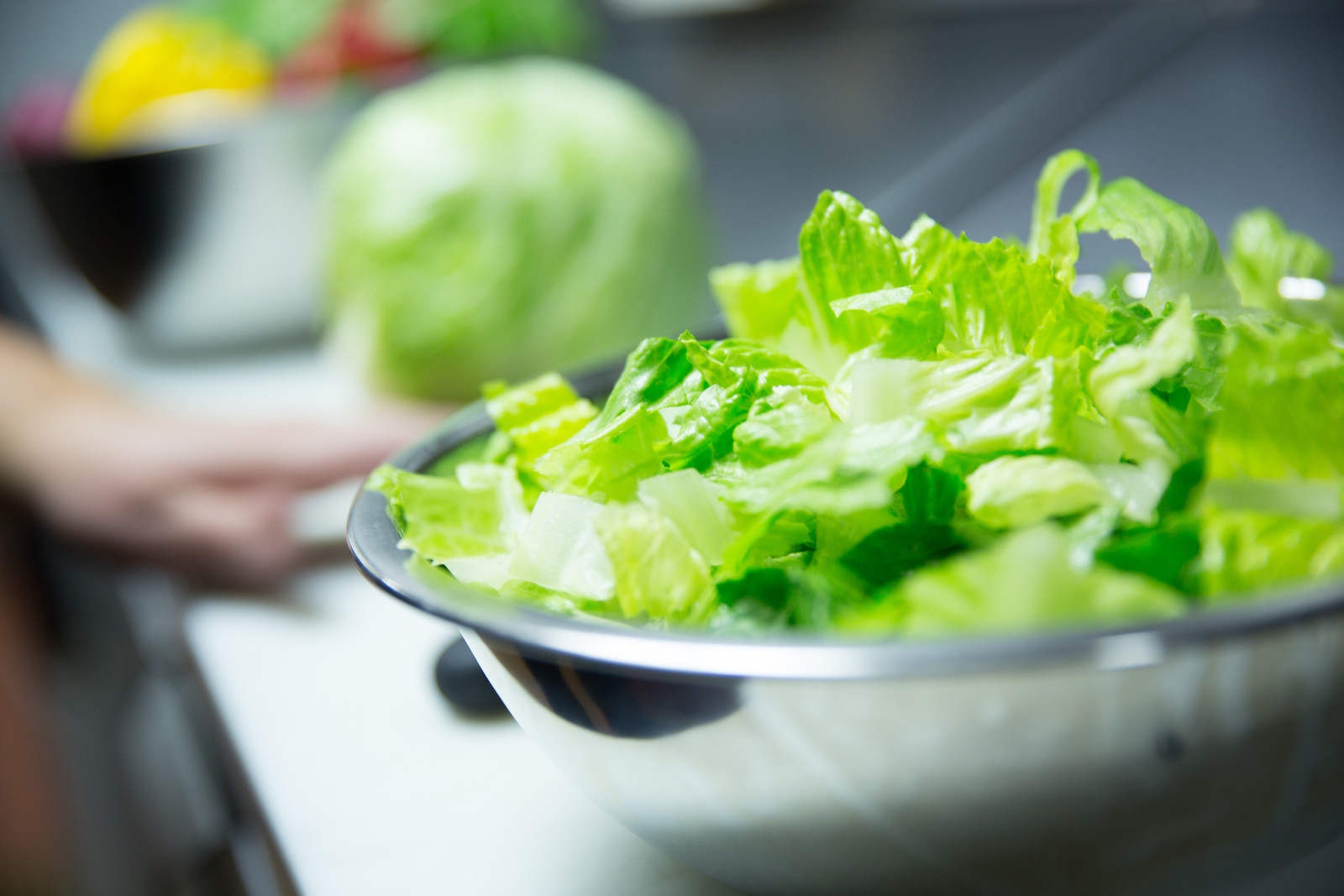The Blank Canvas of a New Year: Don’t Leave your Food Safety Program out of your New Year’s Resolutions
Each year, we get the opportunity to begin a new year and turn to a new page, sort of speak. As we start the journey of a new year, we are reminded of New Year’s resolutions everywhere we look – from television commercials to your social media streams. But it is also important to take stock of where we are and where we have been, both personally and professionally. We come out of the holiday season where we have time to be with family, time to relax a bit and slow down, and time to focus on ourselves. When we return to work at the start of the new year, we often get so busy in the day-to-day management of our operations that we fail to assess our businesses in the same manner we do our personal lives.
From a food safety perspective, what better way to assess where we are than to look back at the foodborne illness outbreaks we faced in the United States in 2021? While the actual data from FDA and CDC related to foodborne outbreaks is not finalized, as I looked back on the outbreaks, it seems that they can be summarized in one word – produce! While all outbreaks were not produce-related, there are several that were. A few of which we discussed in the blogs throughout the year.
… as we start the new year, take stock of the food safety practices and systems in your operations, and consider where you want to end the year of 2022.
In November, we discussed the Salmonella Oranienburg outbreak from red, yellow, and white onions. The outbreak investigation is still active, with close to 900 illnesses and 183 hospitalizations. We also experienced several salad-related outbreaks in 2021. In July, BrightFarms recalled a salad mix contaminated with Salmonella Liverpool, the outbreak caused 31 illnesses and four hospitalizations. Later in the year, an E. coli O157:H7 outbreak was linked to spinach, causing 14 outbreaks and four hospitalizations. Closing out the year in December, we had two independent outbreaks of Listeria monocytogenes related to packaged salad mixes, and while both are ongoing, have resulted in 26 illnesses, 22 hospitalizations, and three deaths.
Other outbreaks in 2021 were related to soft cheeses, shrimp, seafood, cake mixes, cashew Brie, and bottled water. In six of the outbreaks, officials were unable to determine the source and in two of the outbreaks, officials have yet to identify the source of contamination.
Thus, as we start the new year, take stock of the food safety practices and systems in your operation, and consider where you want to end the year of 2022. Hopefully, you have a few improvements to your food safety system in mind. If not, take a few lessons from the outbreaks we have experienced over the last year. Are your traceability systems in order? Has your staff been trained to properly handle fresh produce?
Whatever you decide to embark on for the year ahead, start small and don’t try to change everything at the same time. Encourage employee buy-in and focus on those lynchpin behaviors we have discussed before. Think of the new year as a blank canvas. What will your canvas show at the end of the year? Risk Nothing.
READ MORE POSTS
Routes of Foodborne Illness & Germs
From your sniffling coworker to the raw chicken on your kitchen cutting board, everyday life is full of potential infectious hazards. With germs so common and seemingly everywhere, knowing how germs spread is vital to preventing infection and foodborne illness. There are seven possible ways for the transmission of bacteria and viruses to take place. Although some of these microorganisms in our environment are good for us and protect us, disease causing pathogens are the germs or bad guys.
Handling Leafy Green Salad
We have had several produce outbreaks of foodborne disease from our lettuce, spinach, and other greens in the last several years that have been devastating to the produce growers and distributors, retail grocery stores, restaurants, and consumers.
Food Packaging Safety in a Vacuum
Extending the shelf life of fresh foods has come a long way in the food industry since curing meats with salt and sugar or canning vegetables with heat processing. The food service and consumer markets needed some better visual packages to draw the eye to the freshness factor and the technology of food packaging has filled our dinner plate. Vacuum packaging and modified atmosphere packaging, shortened to “MAP”, are the terms used for the method of food packaging used every time we choose convenience over more complex scratch meal preparation. According to industry statistics, billions of packages of vacuum and MAP-packaged foods flood the marketplace today. In both modified-atmosphere and vacuum packaging, food is packaged in a pouch made of barrier film.
The Eleven Commandments of Food Safety at Your Restaurant
Lists help us remember all kinds of information. Given the list of recent national foodborne outbreaks in the news, keep repeating this list to your food service team. They are kind of like “commandments”. As a professional in a food service facility we should think of the very basic food safety concepts that every crew member should aspire to learn, even though this list may have different priorities based on your menu. The first 3 apply to anyone who serves food, from a bag of popcorn to a full course meal. As chefs or managers, if we can “set the example” by repeating good food safety practices visibly to the crew, it will help them understand how important it is to the success of your facility. Thou shalt:










